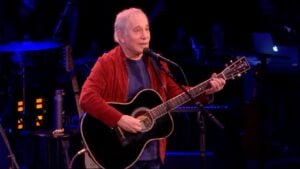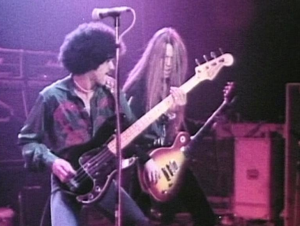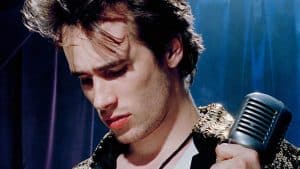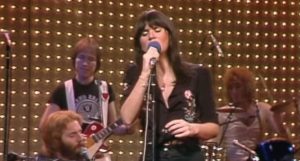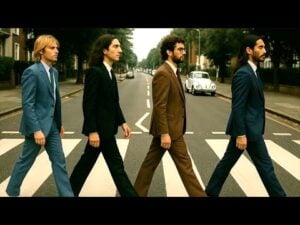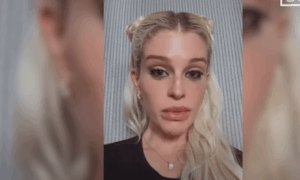How Paul McCartney Significantly Played His Role In The Success Of “Come Together”
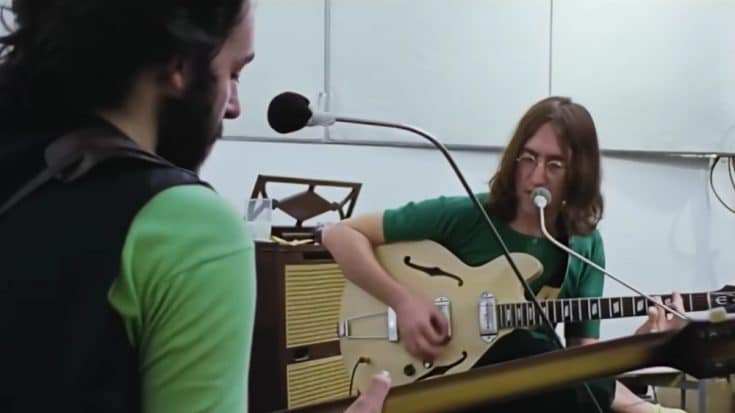
Youtube @@TheBeatles
There’s a reason why the song remains the second most-streamed Beatles on Spotify. It’s a mesmerizing, groovy, bluesy song from the legendary catalog of the world’s greatest band.
“Come Together” by The Beatles remains an enduring masterpiece that has resonated with audiences for decades. As the opening track of their iconic 1969 album, Abbey Road, this song holds a special place in the hearts of music enthusiasts worldwide.
Its enduring appeal can be attributed to the remarkable synergy between John Lennon, Paul McCartney, George Harrison, and Ringo Starr. This track, in particular, exemplifies the unique collaborative effort that defined The Beatles’ sound during their prolific years.
However, as we delve deeper into the song’s history, it becomes evident that while it was indeed a group effort, the pivotal role played by McCartney in shaping the song’s brilliance should not be underestimated.
That “swampy” (Macca emphasized the word) vibe of the song that made it LSS-worthy? You’ve got Paul to thank for that.
It started as a political campaign song
“Come Together”, one of the best songs the Fab Four ever recorded, had the unlikeliest of origins.
The song’s origins were intertwined with an unexpected turn of events in the United States. Timothy Leary, widely recognized for promoting the phrase “turn on, tune in, drop out” in connection with the use of LSD, had gained immense popularity as a leading advocate of psychedelics, so much so that then-President Richard Nixon labeled him as “the most dangerous man in America”.
Both Leary and Lennon were well aware of the persuasive power of a catchy slogan. As Leary embarked on a campaign to run for governor of California against Ronald Reagan, he approached Lennon with the request to compose a song inspired by his campaign slogan, “Come together – join the party”. In response, John promptly improvised a musical piece on tape, which subsequently found its way to the airwaves through underground radio stations.
Following Leary’s choice not to use the song for his political campaign, John incorporated some nonsense lyrics to the rejected song and introduced it during the Abbey Road sessions.
“I suggested that we tried it swampy”
In a 2017 interview with The Washington Post, McCartney discussed his collaborative songwriting partnership with John Lennon. He reflected on the ease and mutual support that characterized their creative process, stating, “We had a very easy manner where both of us knew that the other was only in it to help and we were pooling our resources.
The legendary musician recounted a specific instance when Lennon introduced a composition, “Come Together”, which bore a strong resemblance to Chuck Berry’s “You Can’t Catch Me”.
McCartney remembered the interaction, saying, “John famously brought in ‘Come Together’ sounding very much like a Chuck Berry song called “You Can’t Catch Me”. I said, ‘That’s Chuck Berry.’ He went, ‘Yeah.’ I said, ‘No, no, no.’ And we swapped it out and slowed it down and made a genius record. I’m allowed to say that now.”
In another interview, Macca similarly said, “I suggested that we tried it swampy – ‘swampy’ was the word I used – so we did, we took it right down.”
Slowed down to groovy perfection
After altering the tempo to infuse a funkier rhythm, the band started recording “Come Together” at the famed Abbey Road Studios, spanning a total of six sessions. The initial recording sessions commenced on July 21, culminating in the release of the song as a single on October 6th.
The song’s triumph can be attributed to its elegant simplicity. The performance was impeccably executed, exuding a distinct, swampy funk quality.
Apart from climbing the ranks after it was released, decades later, “Come Together” still remained one of The Beatles’ best and most memorable tracks, having consistently ranked in “greatest Beatles songs” list. It was also included by Rolling Stone on their list of the 500 Greatest Songs of All Time.
As recounted by John Lennon in a 1980 interview with Playboy, he expressed his admiration for the track, saying, “It was a funky record – it’s one of my favorite Beatle tracks, or, one of my favorite Lennon tracks, let’s say that. It’s funky, it’s bluesy, and I’m singing it pretty well. I like the sound of the record. You can dance to it. I’d buy it!”







